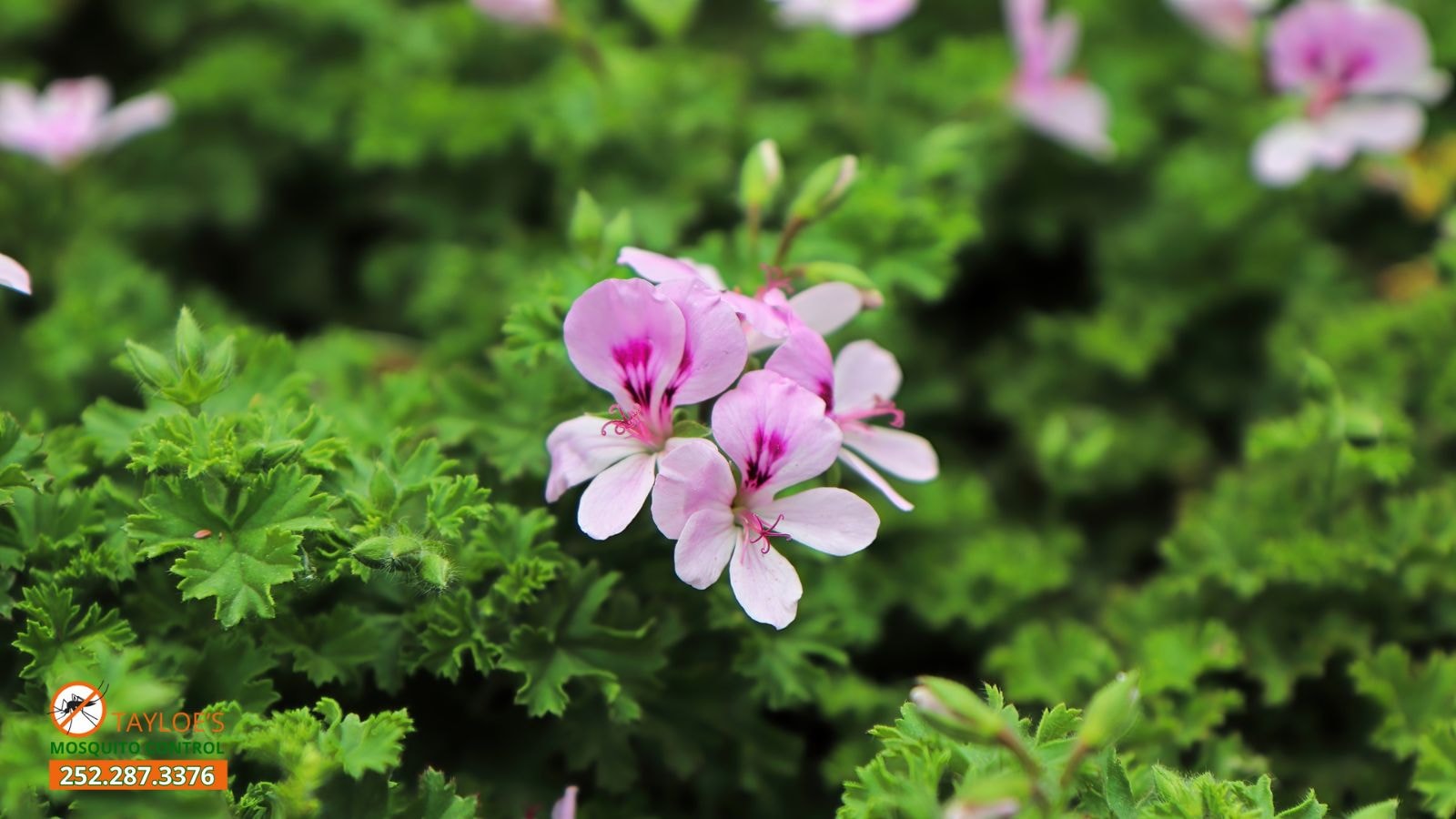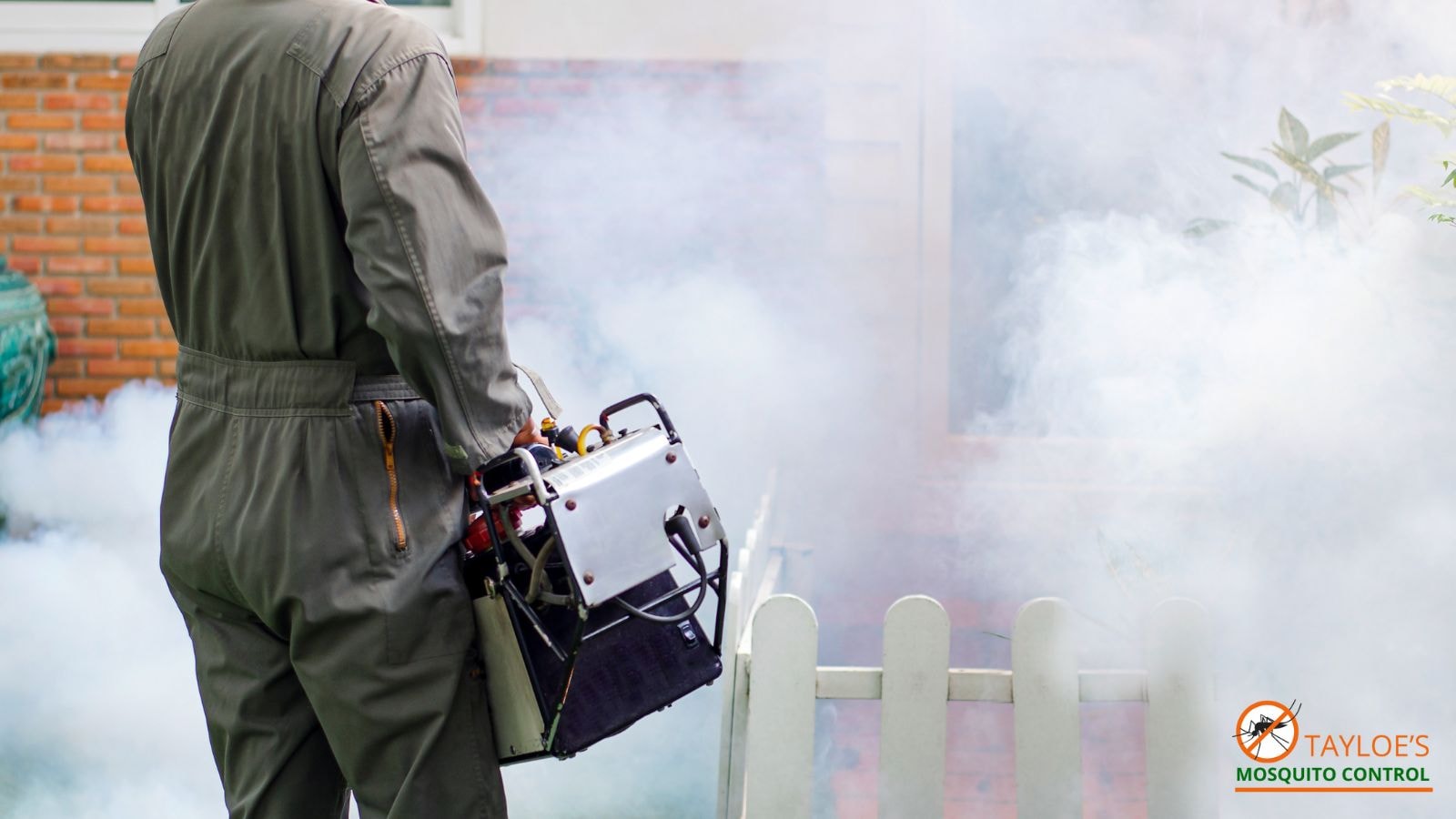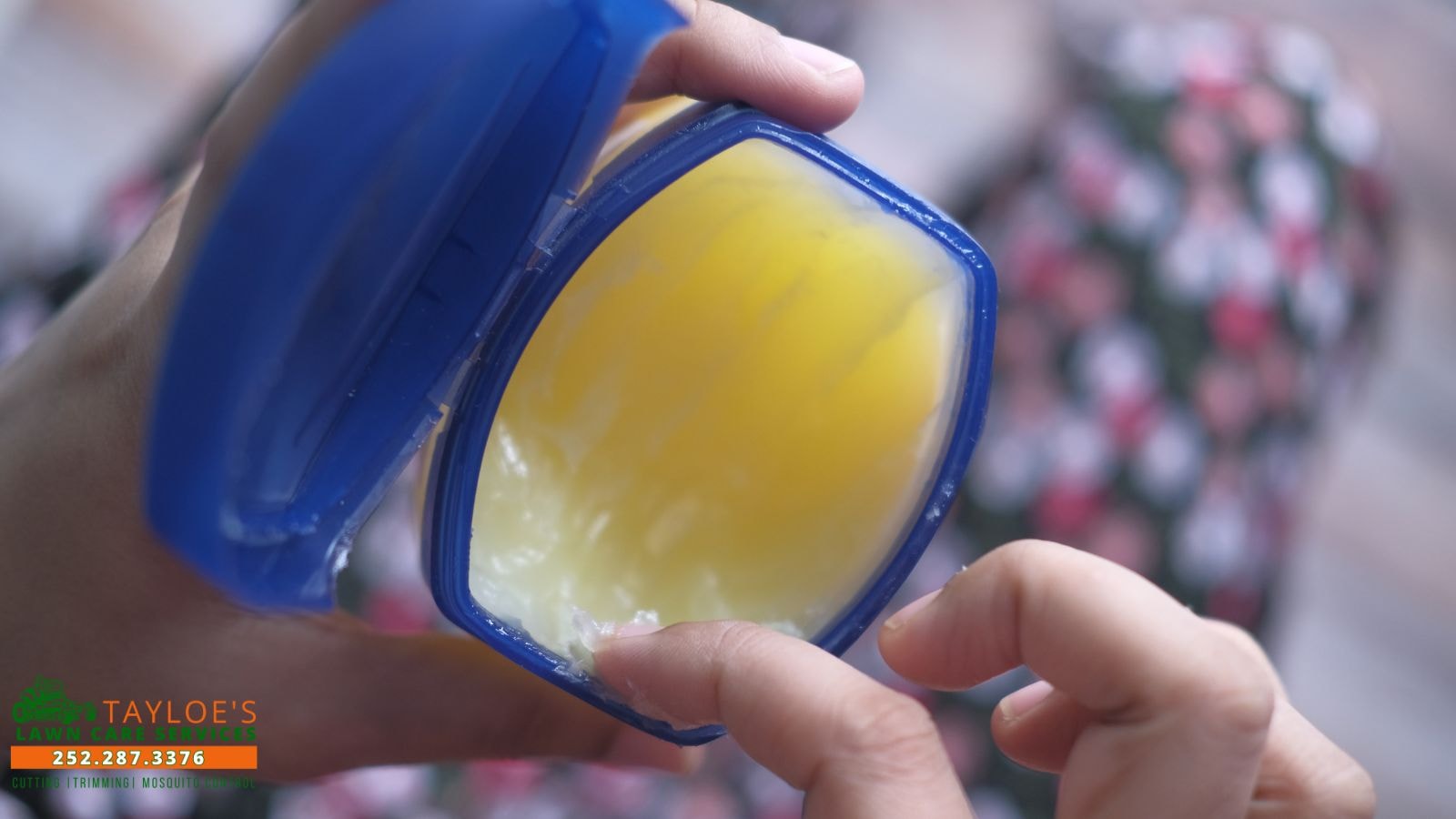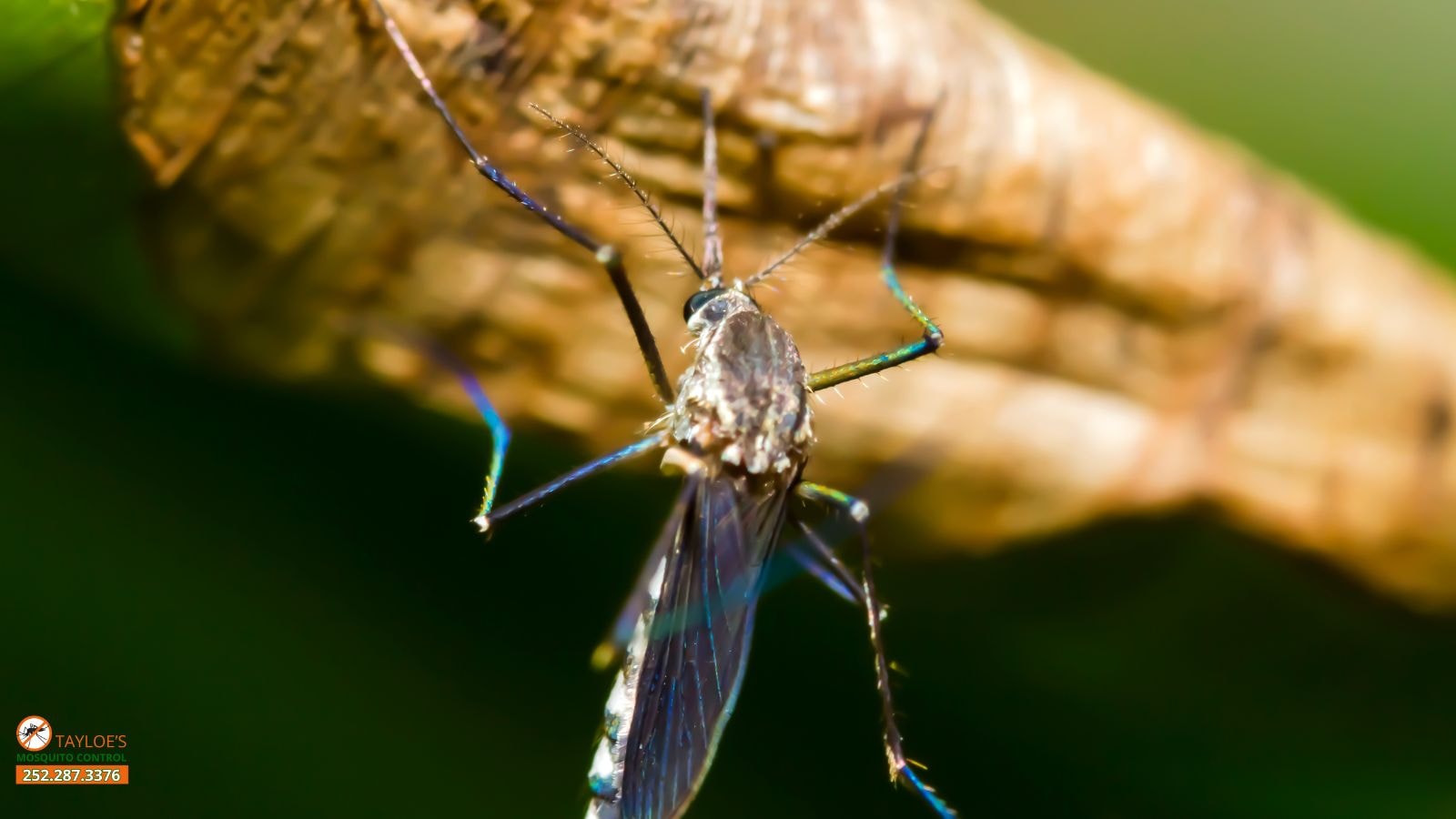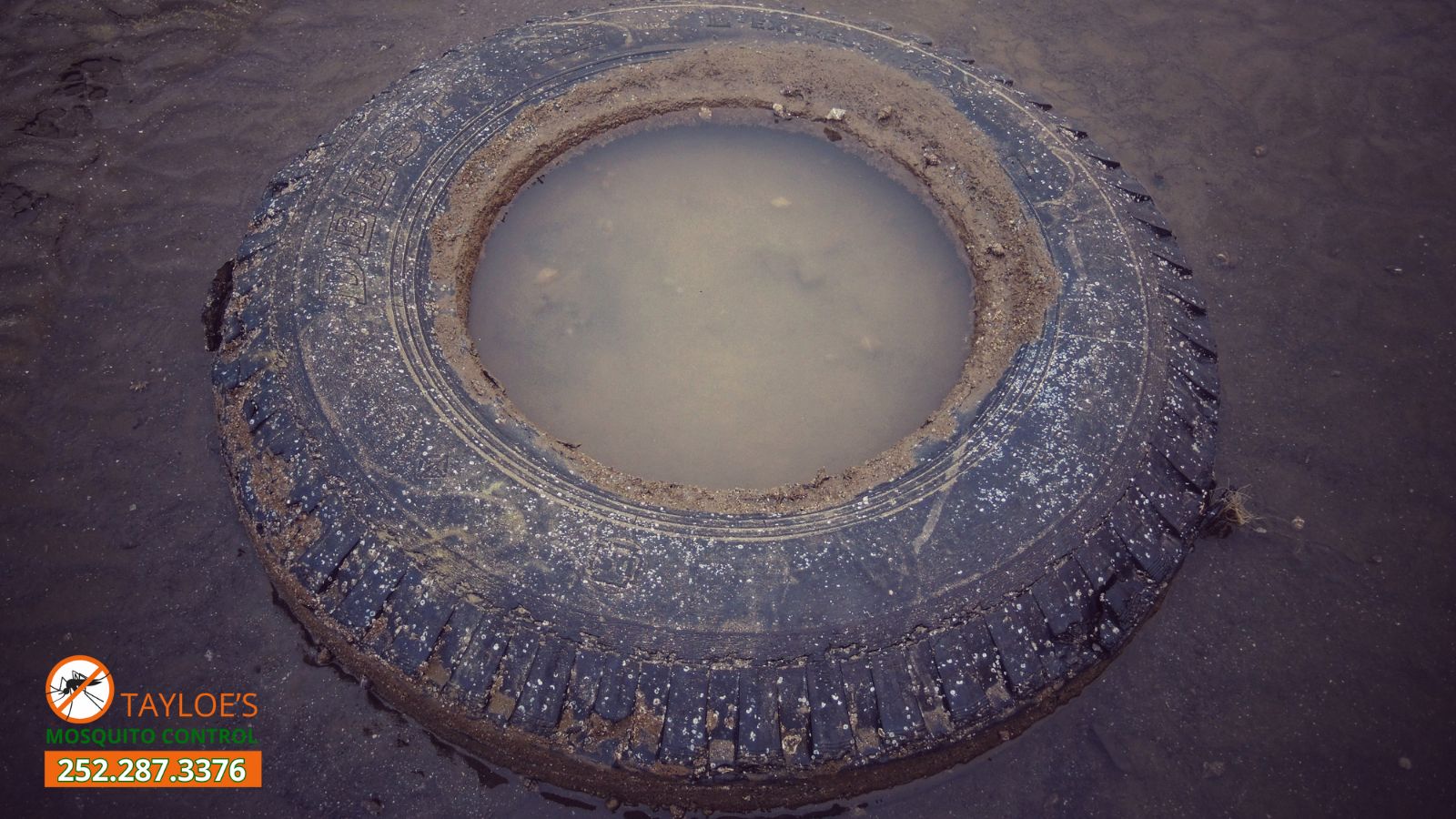Read how citronella geranium helps repel pesky insects in summer — and how to grow it for maximum beauty and fragrance.
Citronella plants, also called mosquito plants, are a summer favorite for a reason — especially when mosquitoes threaten to ruin your time outdoors. Imagine settling into your patio chair, sweet tea in hand, only to become a buffet for biting insects. It’s frustrating and all too familiar.
That’s why so many gardeners turn to citronella geraniums — cheerful, lemon-scented plants with soft pink flowers that add charm to your garden while helping create a more comfortable, mosquito-aware space.
They’ve long been celebrated as “mosquito plants,” but how effective are they really — and what makes them work?
How Citronella Plants Repel Mosquitoes
Geraniums have a well-earned reputation for helping repel mosquitoes, but there’s a lot of confusion about how they work and whether simply growing the plant is enough. Let’s clarify things with a closer look at the science and practical use.
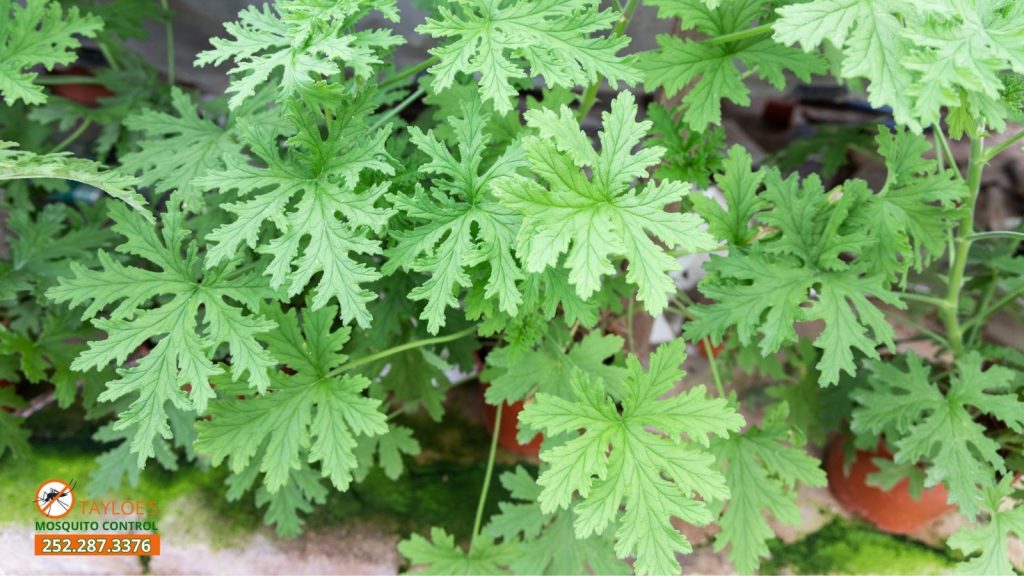
The Science Behind Citronella’s Mosquito-Repelling Powers
What makes citronella plants special isn’t just their lemony scent — it’s the presence of natural chemicals in their fragrant leaves, especially:
- Citronellol
- Geraniol
- Linalool
These aromatic oils interfere with a mosquito’s ability to detect human scent. Since mosquitoes rely on cues like carbon dioxide, body heat, and skin odors to find us, these compounds make it harder to zero in on a target.
A 2011 study published in the Malaria Journal found that citronella oil significantly reduced mosquito landings for up to 120 minutes, especially when combined with a carrier oil. But its effect wore off quickly without reapplication — and exposure to wind reduced effectiveness even more.
These natural compounds help deter mosquitoes by masking the signals they rely on to find you. But the plant alone won’t do much unless released into the air.
Will the Plant Alone Keep Mosquitoes Away?
A citronella plant sitting on your patio won’t repel mosquitoes unless it’s activated. The oils that help repel insects are locked inside the leaves. Unless those leaves are crushed, bruised, or rustled, the fragrance stays hidden — and so do its benefits. So if you’ve heard someone say, “I planted citronella, and it didn’t work,” they likely didn’t use the plant actively.
How to Use Citronella Effectively
You need to help the plant release its oils to get real results. Here’s how:
- Crush a few leaves and rub the oil onto exposed skin, but test a small area first — some people may experience allergic reactions, such as skin irritation, especially if they have sensitive skin.
- Scatter freshly bruised leaves in bowls around outdoor seating areas.
- Clip stems and add them to flower arrangements, outdoor centerpieces, or herbal bundles.
- Gently rustle the plant before guests arrive to boost its scent in the air.
- Pair it with other plants like lavender, rosemary, or basil to boost its repelling power.
How to Grow & Care for Your Citronella Plant
Before we dive into the growing tips, here are a few solid reasons why the citrosa geranium deserves more than just a corner on your patio — even if mosquitoes weren’t your biggest problem.
- It’s naturally fragrant — and beautifully so. The lemon scent of its lush, lacy green leaves isn’t just refreshing; it adds a clean, uplifting note to your garden and releases more aroma whenever the foliage is lightly brushed.
- It pulls double duty. Citronella doesn’t just look good — it earns its keep. From repelling pests to offering cuttings for floral arrangements or homemade sachets, it’s as functional as it is ornamental.
- It’s pretty — in a wild, effortless way. With deeply cut lacy leaves and soft lilac-pink flowers, this plant brings texture and charm to containers, borders, and even vegetable gardens.
- It plays well with others. Grown alongside lavender, rosemary, basil, or other fragrant herbs, citronella helps form a beautiful and practical mosquito-conscious garden.
- It’s low-fuss, high-reward. Drought-tolerant, fast-growing, and perfect for containers, it’s an excellent option for beginners, busy gardeners, or anyone who wants low-maintenance beauty with real benefits.
Citronella Growing Needs
Everything from planting to care for this evergreen perennial is simple, but getting the conditions right turns ordinary citronella plants into vibrant, mosquito-fighting garden stars.
Sunlight
Citronellas are sun-lovers, so plant them in a sunny spot with at least six hours of direct sunlight each day. They’ll appreciate partial shade in hot climates to protect their foliage from scorching.
Soil
Plant citronella in slightly acidic, well-draining soil with a pH between 5.8 and 6.3 for optimal growth. Although it thrives in sandy or chalky loam, the scented geranium tolerates a range of soils — as long as water doesn’t sit around the roots. If your native soil is compacted or heavy, enrich it with compost, peat moss, and perlite to improve texture and help roots spread.
Water
Though fairly drought tolerant, citronella still needs consistent moisture to thrive. Let the top inch of soil dry before watering again. Use your index finger to check — if it’s dry up to the first knuckle, it’s time.
Avoid soggy conditions. Overwatering weakens the plant and can lead to root and crown rot, especially if drainage is poor. Water deeply but infrequently, particularly during dry periods or when growing in full sun.
Fertilizer
Feed your plants every 4 to 6 weeks during spring and summer with a balanced liquid fertilizer. This keeps growth lush and supports the development of essential oils that naturally repel mosquitoes and other insects.
Avoid high-nitrogen formulas — they promote green growth but dilute the potency of the plant’s mosquito-repellent properties. Ease up on fertilizing by late summer, allowing your plant to slow its growth and toughen up before fall sets in.
Planting Citronella
You can start your citronella plants from seed or grow them from mature (or starter) plants.
Opt for a healthy nursery-grown plant for a quicker, more reliable start. Choose one with vibrant green foliage, firm stems, and no signs of pests or disease. Avoid anything that looks thin, straggly, or has brown, crispy leaf edges. Check the pot bottom — if there are lots of roots spilling out, the plant is likely pot-bound, which can stunt growth. In that case, choose a better-established option.
When planting in containers, go with larger pots—at least 12 inches deep and twice as wide as the root ball. Use a mix of nutrient-rich potting soil, sphagnum moss, and sand to create a well-draining mix that holds just enough moisture without causing standing water or root rot.
If you’re planting in the ground, wait until the risk of frost has passed and overnight temperatures stay above 50°F — typically a week or two after the last frost. Space plants 18 to 24 inches apart. Citronella plants can grow up to 2 to 4 feet tall and wide, so give them plenty of space to stretch out. Set the root ball about one foot deep in fertile loam, and amend the soil with compost or organic matter. Press the soil level gently around the base to eliminate air pockets.
Prefer to grow from seed? Wait until spring, after the soil has warmed. Sprinkle seeds lightly over the surface and water gently to settle them in. Keep the top inch of soil consistently moist until seedlings emerge.

How to Care for the “Mosquito Plants”
Once established, scented geraniums are low-maintenance. With a few simple habits, you can keep them lush and healthy, bursting with their signature citrusy fragrance.
Temperature and Humidity
Although resilient, these plants can suffer in extreme heat or freezing temperatures. Please keep them in environments where temperatures stay above 40°F. Moderate to high humidity (around 40% or more) encourages healthy growth and supports the plant’s natural preference for moisture-rich air.
Pruning
Pinch back growing tips regularly to keep your citronella plant compact, bushy, and well-shaped. Snip off spent flowers as they fade to maintain a tidy look and encourage more seasonal blooms. This simple step keeps the plant’s energy focused on fresh growth, not seed production.
Overwintering
Once nighttime temperatures dip below 45°F, move container-grown citronella plants indoors to a warm, sunny window. Cut stems back by up to one-third, making clean cuts just above a leaf node, and remove any dead leaves or damaged growth to reduce stress.
Water deeply but infrequently, allowing the top inch of soil to dry between waterings. During winter, growth slows, so feed just once or twice using a liquid fertilizer diluted to half strength. With the right indoor care, your plant will stay healthy and ready to bounce back come spring.
Common Problems (& How to Fix Them)
Like many plants in the geranium family, citronella is susceptible to a few common issues — most of which are easy to fix with the proper care.
| Problem | What It Means | What to Do |
|---|---|---|
| Leggy growth | Not enough light | Move to full sun and pinch back the growing tips regularly. |
| Yellow leaves | Overwatering or poorly draining, overly moist soil | Let the soil dry out more between waterings; improve drainage. |
| Brown leaf tips | Dry soil or low humidity | Water more consistently and mist occasionally if needed. |
| Wilting or root rot | Too much soil moisture | Avoid standing water and improve drainage with lighter soil. |
| Pests (aphids, mites, whiteflies) | Warm, humid weather | Use neem oil or insecticidal soap, or rinse leaves with water. |
You Don’t Have to be a Master Gardener to Grow Citronella Successfully
Offer it full sunlight (a touch of afternoon shade in extreme heat), well-draining soil, and the occasional pinch, and it’ll reward you with lush foliage, lemony fragrance, aromatic lavender-pink flowers, and fewer mosquitoes all summer long. It’s low-maintenance, high-impact, and a welcome addition to any outdoor space. So crush a leaf, take in that fresh citrus scent, and enjoy the simple pleasure of a mosquito-free space.
Do your mosquito control efforts need a boost? Contact Tayloe’s Mosquito Control at 252.287.3376. We are certified professionals, offering mosquito control in Ahoskie, Murfreesboro, Aulander, Windsor, and other Bertie and Hertford County communities.

